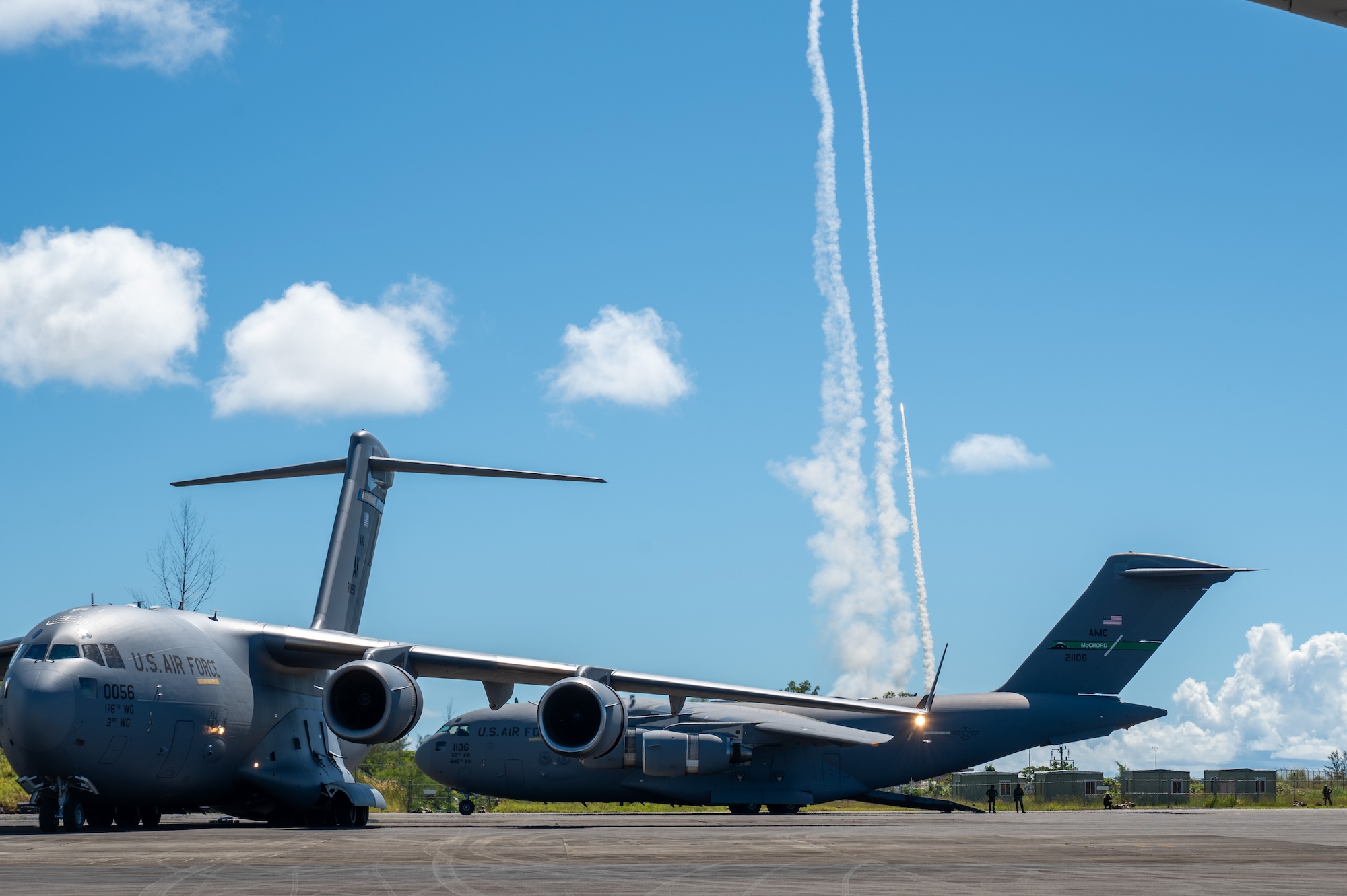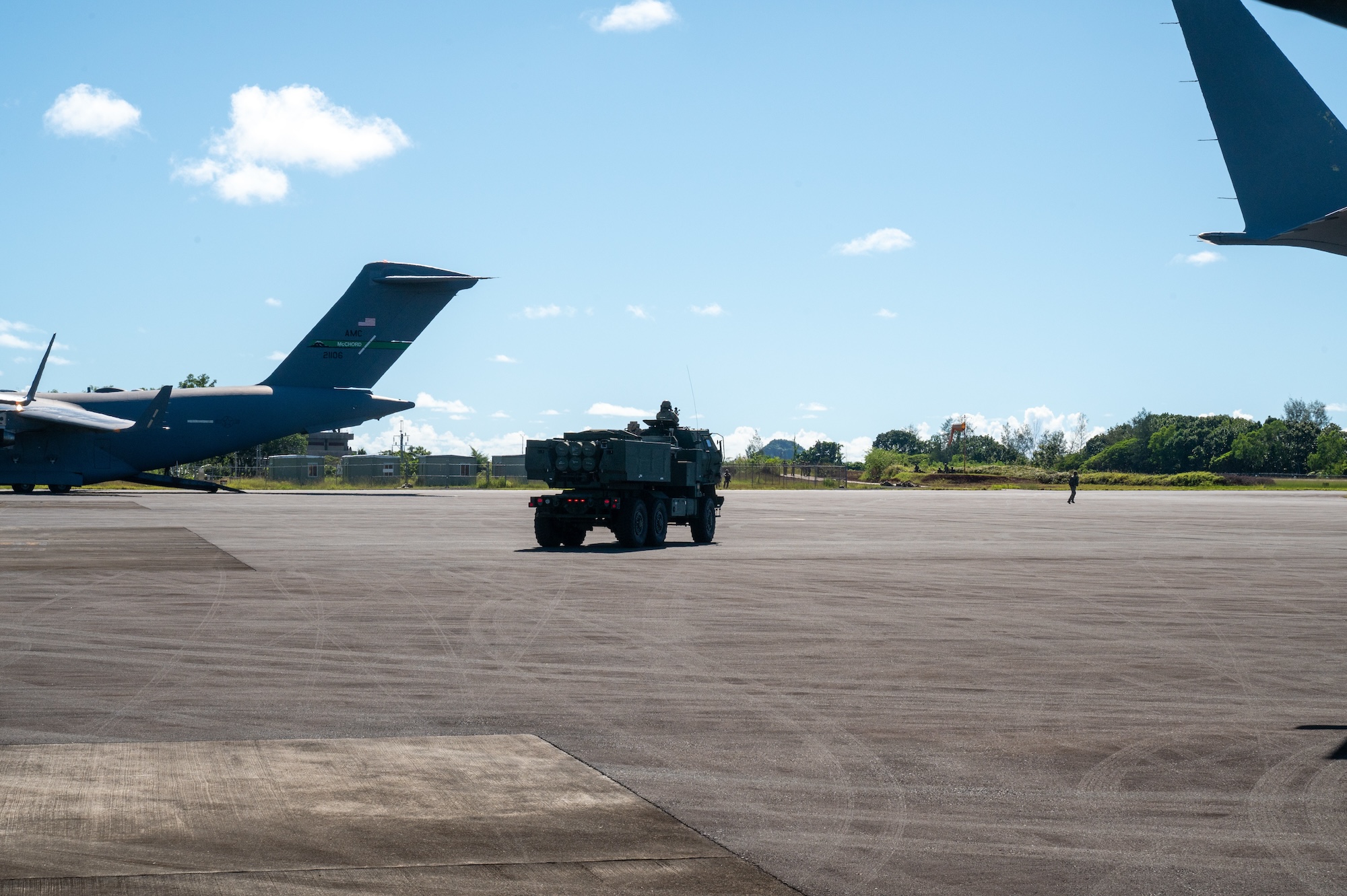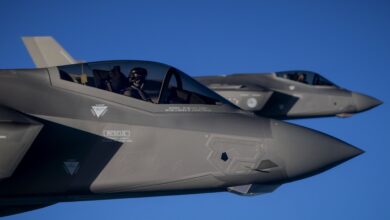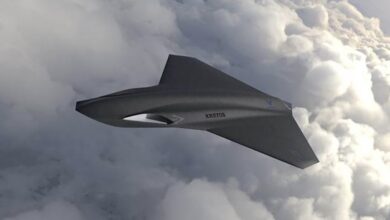The US military recently showcased its ability to capture and secure an airfield from enemy forces with the help of the High Mobility Artillery Rocket System (HIMARS).
Six C-17 Globemaster III aircraft from the US Air Force were deployed to rapidly transport troops and HIMARS systems to their designated locations.
The exercise commenced with US Army Rangers securing their positions, followed by supportive units launching six HIMARS rockets to deliver fire support.
Personnel from the US Space Force’s 109th Electromagnetic Warfare Squadron facilitated secure communications for the HIMARS to ensure precision strikes.
After the airfield was secured, the HIMARS were loaded back onto the C-17 Globemaster III while troops continued to engage enemy targets.

‘Demonstrating Joint Capabilities’
The exercise’s deputy air mission commander Lt. Col. Logan Sutton emphasized the importance of enhancing combat interoperability during critical missions.
He noted that the event demonstrated the joint force’s capability to quickly maneuver as needed to achieve effective results.
Sutton also praised the C-17s for serving as “launchpads” for the rapid deployment of troops and heavy equipment over vast distances.
“Whether humanitarian and disaster relief or contingency operations, the C-17 enables rapid power projection across the globe,” he explained.
Meanwhile, US Army Capt. Mike Day, who oversaw the HIMARS operations, lauded the system’s adaptability to various environments and mission requirements.
“The HIMARS is easily transportable by rail, sea, or air, enabling it to respond quickly and provide long-range fires,” he stated.












